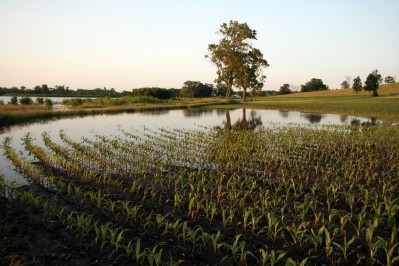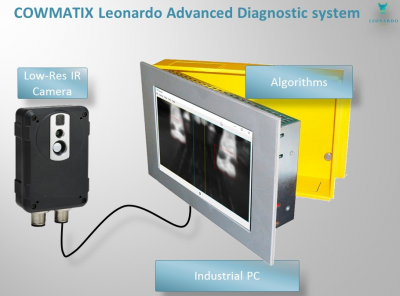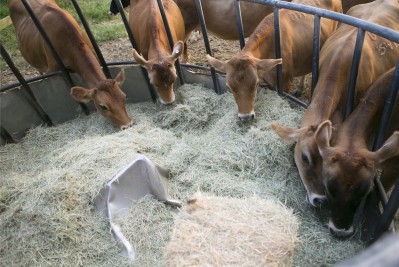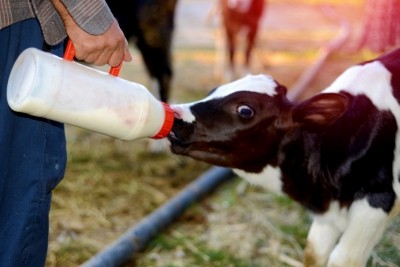Special Edition: Precision Feeding
US beef feeding industry may be learning a lesson from dairy
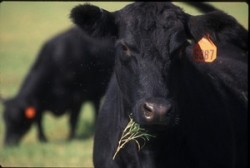
The traditional feeding style in a beef cow and calf operation may lead to overfeeding or underfeeding cattle depending on the hay or forage quality, said Frank Wardynski ruminant educator with Michigan State University Extension.
“One of our most common practices is to put out hay [in feeders] and then when they’re empty, we fill them again,” he told FeedNavigator. “That tends to be a system where we overfeed the cow, unless it’s poor quality hay.”
However, he said, some producers are following the dairy industry and starting to make total mixed rations and use precision feeding techniques for their operations.
“In our feed lot industry, particularly in the Midwest where they’re feeding several hundred head, they’ve been implementing similar type practices, where they routinely take feed samples [to find] the quality of corn silage and hay and use that for balancing rations,” he said. “In the feed lots they’ve been implementing it more widely.”
Making the switch
“As long as you’ve got the money for the investment you can do it overnight,” said Wardynski of setting up a precision feeding system. “You need to buy a mixer, and you need to buy a scale, and many times they’re one and the same.”
The transition can be somewhat expensive as the pieces of equipment, such as a mixer that can manage a large bale of hay and any additives could run from $10,000 to $50,000, he said. “If you’ve got 25 cows that’s an expensive investment, that’s not going to pay for itself,” he added.
Many dairy operations have moved toward the use of a total mixed ration, because the large herd size means that the amount of feed saved will pay for the equipment over time, he said. For beef producers, the option may be most attractive to those with 100 or more head of cattle.
“It allows them [farmers] to perfectly match the nutrients that they’re feeding with the requirements of the cattle and it saves in wasted feed,” he said.
More producers are interested and it is more cost effective to change to precision feeding when feed ingredient prices are high, said Wardynski. “When you had such high prices it makes the system more economical to implement because you’re savings are that much more by not over-feeding ,” he added.
Challenges and considerations
Along with financial considerations, there are a few other elements involved in changing feeding style, said Wardynski.
One element that producers have to consider is if they will need additional equipment to deliver the feed, such as a larger tractor or feed buckets, he said.
Additionally, some consideration has to be given to how cattle are fed so timid cows get an equal amount of feed, he said. “Make sure you’ve got enough bunk space so that all the cows have access to get to the feed at one time,” he added.
If cows are being fed on the ground or in a pasture, it also can be important either keep moving the feeding location, or have a more permanent feeding site that can stay clean, he said.
It also can be important for producers to test samples of their feed ingredients so they know the nutrient composition to mix the ration, he said. “If we’re testing our feed so we know the energy content, the protein content and the fiber content of our hay, then we know if we need to supplement or limit the amount of hay,” he added.
One set of tests may not be adequate as hay harvested at different times of the year or that faced different conditions, such as being rained on, will be of different quality, said Wardynski. Taking samples from hay of different qualities can allow for a feed to be mixed to balance that specific forage.
